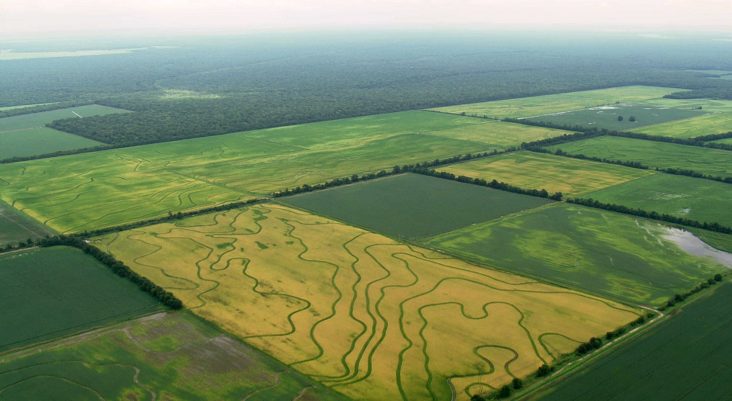Arkansas farm income down
by October 22, 2024 8:47 am 637 views

The Rural and Farm Finance Policy Analysis Center projects an income decline for Arkansas farmers for the second straight year in 2024. It will be slightly offset by small declines in input costs.
The Center, working with agricultural economists from the University of Arkansas System Division of Agriculture, said in its “Fall 2024 Arkansas Farm Income Outlook” that Arkansas’ 2024 net farm income is expected to drop by 10% from 2023 levels and reach $2.96 billion.
Arkansas’ net farm income is expected to drop $1.06 billion from its 2022 record-high levels. The report also compares the projected 10% reduction in state net farm income to the projected 6.2% decline in the U.S. net farm income projected by Mizzou’s Food and Agricultural Policy Research Institute.
“Fertilizer and pesticides and fuel oils are going to decline by 9% year over year,” said Ryan Loy, extension economist for the Division of Agriculture. “These markets are finally stabilizing. They’re coming off these market shocks from COVID, the supply chain issues, the trucker strikes in Canada, and the Ukraine war is kind of baked into the market now.”
The report said total production expenses are estimated to decline 5% in 2024, as fertilizer, feed and fuel expenses retreat. An additional 5% decrease in production expenses is forecasted for 2025.
Farm cash receipts represent the total revenue a farm receives from the sale of its agricultural products, government program payments, and private insurance payments.
This year, total cash receipts for Arkansas would decline by 2% or $317 million. Livestock receipts increased 5%, or $361 million, while crop receipts tumbled 10%, or $580 million.
Near record yields this season have pushed commodity prices lower. Hunter Biram, extension economist for the Division of Agriculture, said that Arkansas had nearly a million and a half acres of rice which is the highest since 2020. Yield is near the record set in 2021 at 7,600 pounds per acre.
“The price is the lowest that we’ve seen since 2021 when it came in right under $14 a hundredweight,” he said.
Corn, which has had the fewest number of Arkansas acres since 2015, is forecast to have a near-record high yield. However, “the price for corn is the lowest that we’ve seen in five years.”
Cotton acres were the highest they’ve been in more than a decade.
“The acreage is the highest that we’ve had since 2011,” Biram said. “We’ve got a lot of cotton acres out there, despite having the lowest price since 2020 and it’s at a near-record yield.”
Arkansas’ three million acres of soybeans are projected to have a record yield of 55 bushels an acre, Biram said. “The price for soybeans is the lowest that we’ve seen since 2019, which is similar to corn.”
Lower row crop prices have aided the cattle and poultry industry, which relies on crushed soybean and corn for feed.
Higher egg, broiler, and cattle prices support 5% higher total livestock receipts in 2024, the report said, adding that poultry receipts are projected to increase by $287 million, while cattle and hog receipts are also projected higher by $97 million.
Loy noted that feed prices declined this year significantly, about 18%.
“Cattle prices are up 6% year over year. Most of the uptick over the last few years is due to the severe drought in the western U.S., which led ranchers to reduce herds,” he said. “However, with cheaper feed, cattle prices are “expected to decline again in 2025.”
